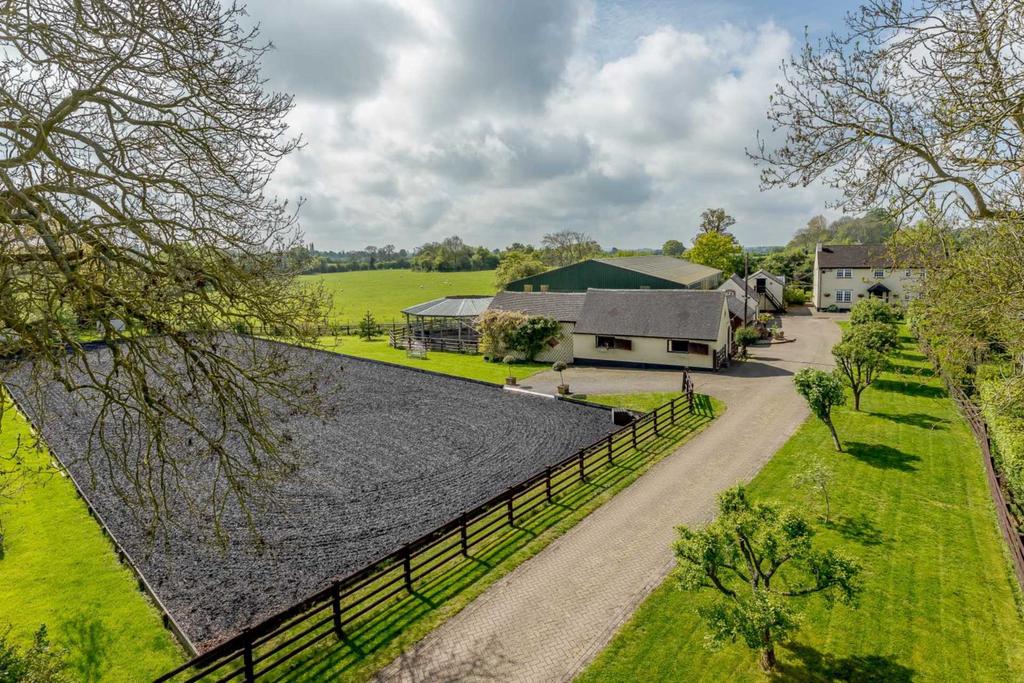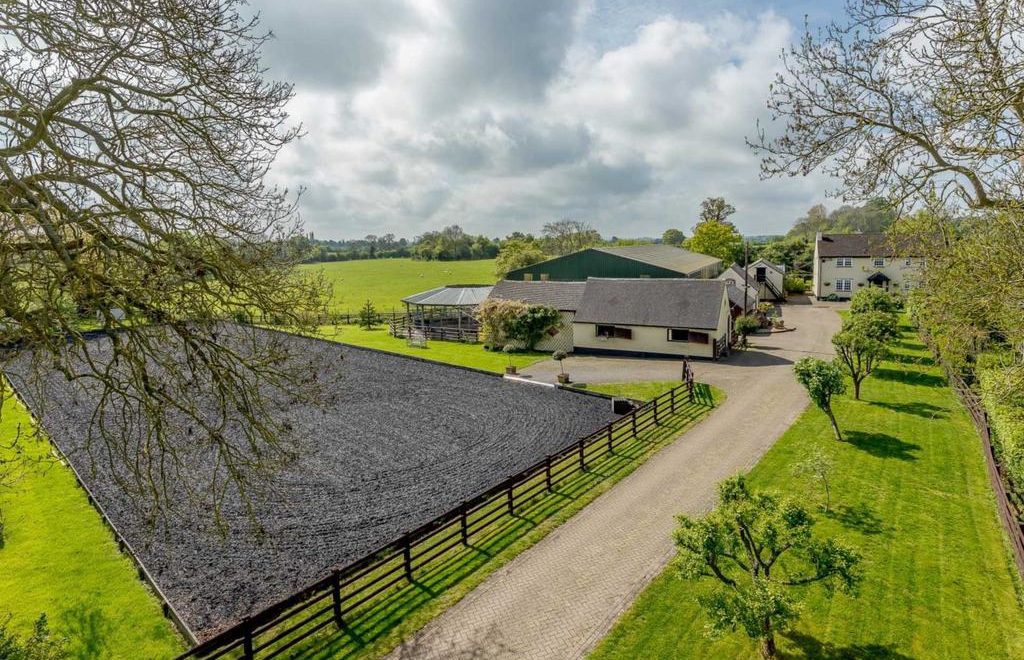How to Obtain Planning Permission for Equestrian Land
Owning and managing equestrian land can be a dream come true for horse enthusiasts and professionals alike. However, the process of obtaining planning permission for equestrian land can often feel like navigating a complex labyrinth. Whether you’re looking to build stables, riding arenas, or other equestrian facilities, understanding the steps involved in securing planning permission is crucial. In this article, we’ll guide you through the key considerations and steps to help you successfully obtain planning permission for your equestrian land.
Research and Consultation:
Before diving into the planning permission process, it’s essential to conduct thorough research and consultation. Begin by researching local zoning laws, land use designations, and any specific regulations that apply to equestrian properties in your area. Engage in discussions with local planning authorities, community members, and other equestrian landowners to gain insights into potential challenges and opportunities.
Engage Professionals:
Seeking professional assistance is highly recommended when dealing with planning permission. Collaborate with experienced architects, land planners, and legal advisors who specialize in equestrian properties. They can provide valuable insights, ensure your plans comply with regulations, and guide you through the application process.
Develop a Comprehensive Plan:
A well-thought-out plan is essential for obtaining planning permission. Outline your proposed equestrian facilities, including stables, arenas, paddocks, and any other structures. Address factors such as access routes, drainage, waste management, and environmental considerations. Your plan should demonstrate how your development will harmonize with the surrounding landscape and contribute positively to the community.
Impact Assessment:
An environmental impact assessment may be necessary to evaluate potential effects of your development on the local ecosystem. This assessment could involve studies on soil quality, water runoff, wildlife habitats, and other environmental factors. Collaborate with environmental consultants to ensure your plans align with sustainable practices and minimize negative impacts.
Consult the Local Authority:
Engage with your local planning authority early in the process. Present your comprehensive plan and impact assessment to them for feedback. Address any concerns or suggestions they may have and be prepared to make adjustments to your proposal based on their recommendations.
Community Engagement:
Engaging with the local community is crucial for a smooth planning permission process. Host informational sessions or public meetings to present your plans to nearby residents and stakeholders. Address their questions and concerns, and consider incorporating their feedback into your proposal where feasible. A well-received project is more likely to gain approval.
Submitting the Application:
Once your plan is refined and all necessary documents are prepared, submit your planning permission application to the appropriate local authority. Ensure that your application is complete, accurate, and complies with all required documentation and fees.
Patience and Persistence:
Obtaining planning permission can be a lengthy and complex process. Be prepared for potential delays and setbacks, and maintain open communication with the local authority throughout the review period. Stay patient and persistent, as your commitment to meeting regulatory requirements will demonstrate your dedication to responsible development.
Appeal Process:
In case your application is denied, you may have the option to appeal the decision. Consult your legal advisor and follow the prescribed appeal process outlined by the local authority. Present additional information, address concerns, and highlight any modifications you’ve made to address issues raised during the initial review.
Compliance and Implementation:
Upon receiving planning permission, ensure that your equestrian facilities are constructed and operated in accordance with the approved plans. Regularly communicate with local authorities to demonstrate compliance with regulations and address any ongoing concerns.
In conclusion:
Obtaining planning permission for equestrian land requires careful planning, collaboration, and adherence to regulations. By conducting thorough research, engaging professionals, developing a comprehensive plan, and fostering positive relationships with local authorities and the community, you can navigate the planning permission process successfully and turn your equestrian dreams into reality. Remember, patience and persistence are key as you work towards creating a harmonious and beneficial equestrian property for both you and your four-legged companions.







